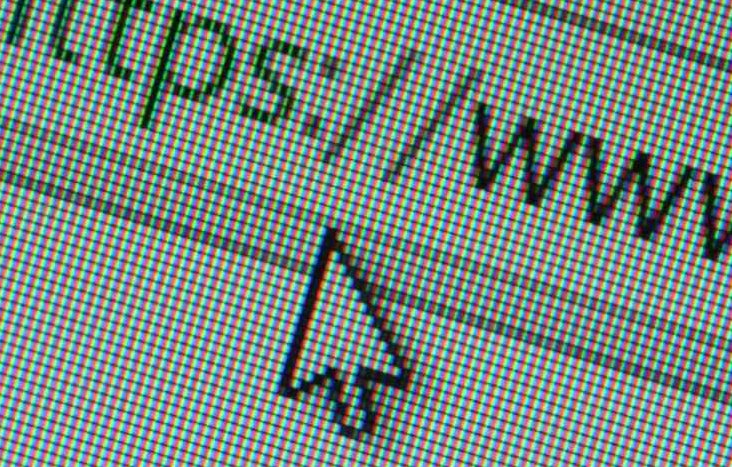A web address, also known as a URL (Uniform Resource Locator), is a fundamental component of the internet. It serves as a unique identifier for a specific webpage or resource on the World Wide Web.
Overview:
Understanding the Basics
Meaning of Web Address
A web address is a string of characters that provides a location for a webpage or resource on the internet. It serves as a digital address, allowing users to access specific websites or files. Web addresses are essential for navigating the vast online realm and are composed of various components that provide specific information about the resource being accessed.
Web Addressing: Breaking Down the Components
A typical web address consists of several components, each serving a specific purpose. Let’s dissect the structure of a web address using an example: https://www.example.com/products/software.html
- Protocol: The protocol specifies the rules and methods used for communication between the client (web browser) and the server. In the example above, “https://” indicates that the communication should occur over a secure connection using the Hypertext Transfer Protocol Secure (HTTPS).
- Domain Name: The domain name, in this case, “www.example.com,” identifies the website or web server hosting the requested resource. It consists of a top-level domain (TLD) like “.com,” a second-level domain (SLD) like “example,” and sometimes a subdomain like “www.”
- Path: The path “/products/software.html” specifies the location of the resource within the web server’s file system. It’s a hierarchical structure that helps organize and navigate to the desired content.
- File Name: The file name, “software.html,” indicates the specific file or resource being requested. In this case, it’s an HTML file likely containing the content of a web page.
Web Address Examples
To better understand web addresses, let’s explore a few more examples:
- https://www.example.com: This web address points to the homepage of the “example.com” website, accessed via a secure connection.
- http://example.org/images/logo.png: This address refers to an image file named “logo.png” located in the “images” directory of the “example.org” website, accessed via an unsecured HTTP connection.
- ftp://ftp.example.net/files/document.pdf: This web address uses the File Transfer Protocol (FTP) to access a PDF document named “document.pdf” in the “files” directory of the “ftp.example.net” server.
Importance of Web Addresses
Web addresses play a crucial role in the functioning of the internet. They serve as unique identifiers for web resources, enabling users to access specific websites, files, or services. Without web addresses, the internet would be a chaotic and disorganized space, making it nearly impossible to locate and access desired information.
Web addresses also contribute to the search engine optimization (SEO) of websites. Search engines analyze the structure and keywords within web addresses to determine the relevance and ranking of webpages in search results. Therefore, it is essential to create descriptive and user-friendly web addresses that accurately represent the content of a webpage.
How Web Addresses Function
1. User Input: A user enters a web address into the address bar of a web browser. The web address can be typed directly or obtained through a search engine, hyperlink, or bookmark.
2. Domain Name System (DNS) Lookup: The web browser initiates a DNS lookup to translate the human-readable domain name into an IP address. The DNS server is responsible for mapping domain names to their corresponding IP addresses.
3. Establishing a Connection: Once the IP address is obtained, the web browser establishes a connection with the server hosting the requested resource. This connection is typically established using the HTTP or HTTPS protocol.
4. Request and Response: The web browser sends an HTTP request to the server, specifying the desired resource (e.g., webpage, image, file). The server processes the request and generates an appropriate response, which includes the requested resource and relevant metadata.
5. Rendering the Webpage: Upon receiving the response, the web browser interprets the received data and renders it as a webpage. This involves parsing HTML, CSS, and JavaScript code to display the webpage’s content and structure.
6. Additional Resource Retrieval: Webpages often contain additional resources, such as images, stylesheets, and scripts. The web browser retrieves these resources by sending additional HTTP requests to the server or fetching them from the browser’s cache.
7. Page Interaction: Once the webpage is fully rendered, the user can interact with its elements, navigate to other pages within the website, or follow external links to different web addresses.

Read: What is a Network Security Key for WiFi? How to Find and Change Your Wireless Password
Best Practices for Web Address Optimization
Optimizing web addresses is crucial for enhancing user experience, search engine visibility, and overall website performance. Here are some best practices to consider when creating web addresses:
1. Keep it Simple: Aim for concise and descriptive web addresses that accurately represent the content of the webpage. Avoid using unnecessary characters, numbers, or special symbols that can confuse users or make the address difficult to remember.
2. Use Keywords: Incorporate relevant keywords in the web address to improve search engine visibility. Including keywords in the domain or path can help search engines understand the content and context of the webpage.
3. Avoid Stop Words: Stop words, such as “and,” “the,” or “of,” are common words that add little value to web addresses. Eliminating stop words can make the address more concise and focused.
4. Use Hyphens as Separators: When separating words in a web address, it is recommended to use hyphens (-) instead of underscores (_) or spaces. Hyphens are more readable and search engine-friendly.
5. Consistency and Canonicalization: Ensure consistent usage of web addresses throughout your website. Canonicalization, which involves choosing a preferred version of a web address (e.g., with or without www), helps avoid duplicate content issues and improves SEO.
6. Avoid Dynamic Parameters: Dynamic parameters in web addresses, such as session IDs or tracking codes, can create duplicate content issues and hinder search engine crawling. If possible, use static URLs that are more user-friendly and SEO-friendly.
7. Implement Redirects: When changing web addresses or restructuring a website, it is crucial to implement proper redirects (e.g., 301 redirects) to ensure a seamless user experience and preserve search engine rankings.
By following these best practices, you can create web addresses that are both user-friendly and optimized for search engines, ultimately improving the visibility and accessibility of your website.

Recommended Reading: 10 Best Paying Jobs in Computer Software Prepackaged Software
Conclusion
Web addresses are the backbone of the internet, providing a structured and standardized way to access webpages and resources. Understanding the components and functioning of web addresses is essential for website owners, developers, and internet users alike. By optimizing web addresses and adhering to best practices, you can enhance the user experience, improve search engine visibility, and contribute to the overall success of your website.





